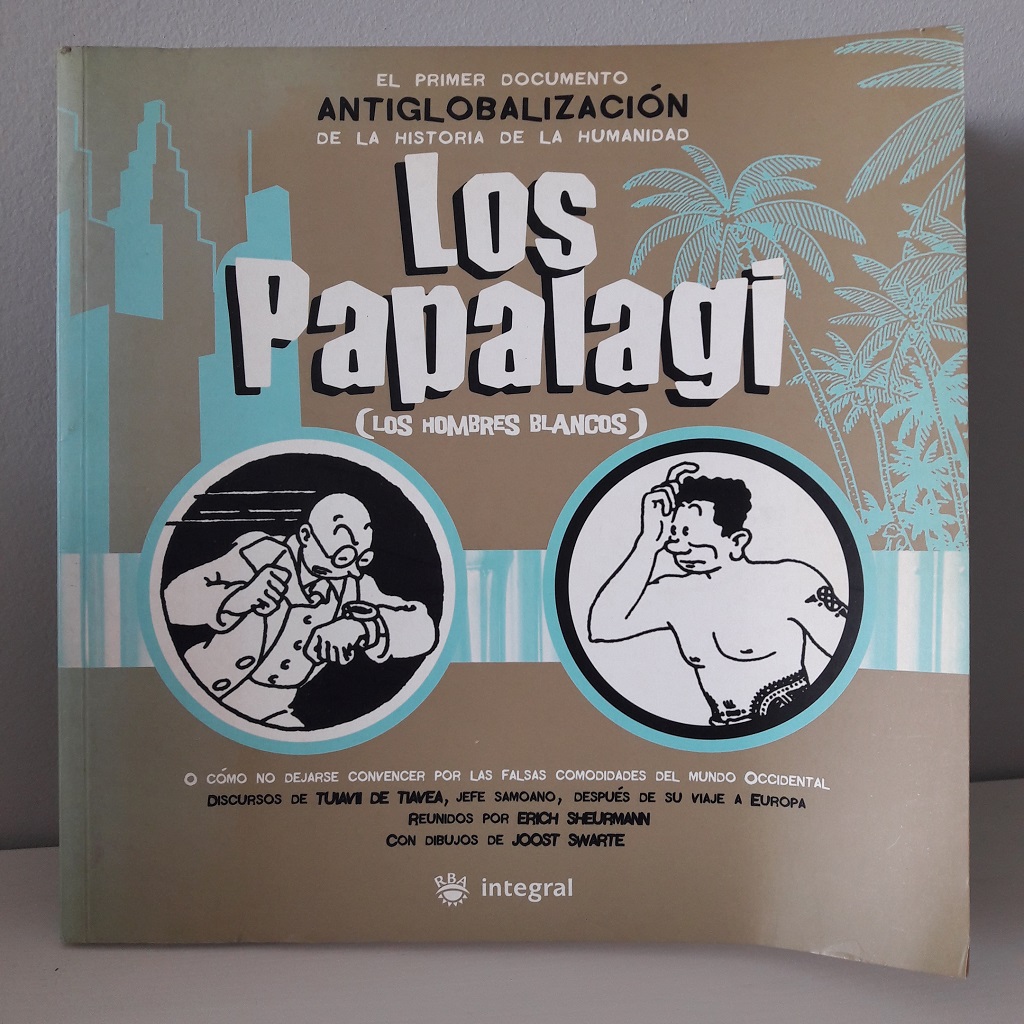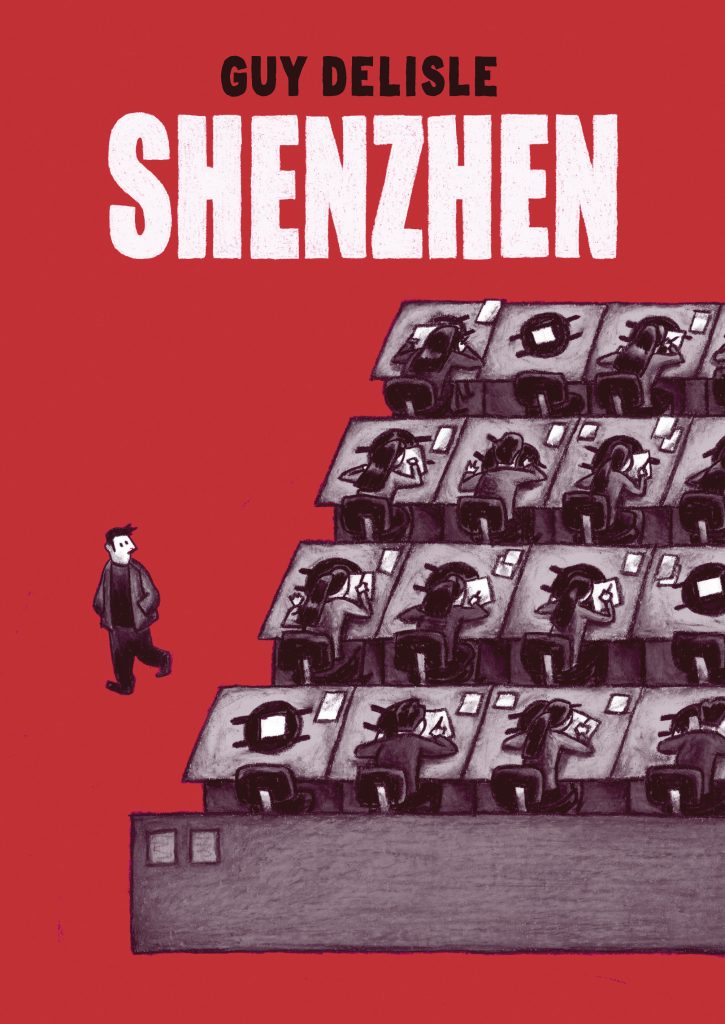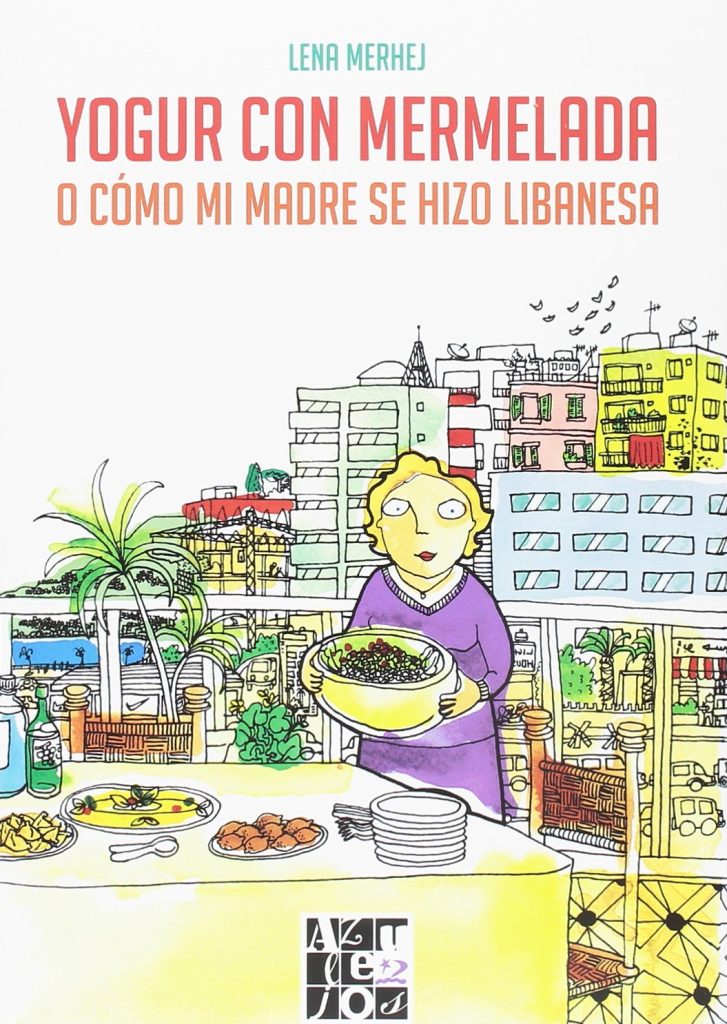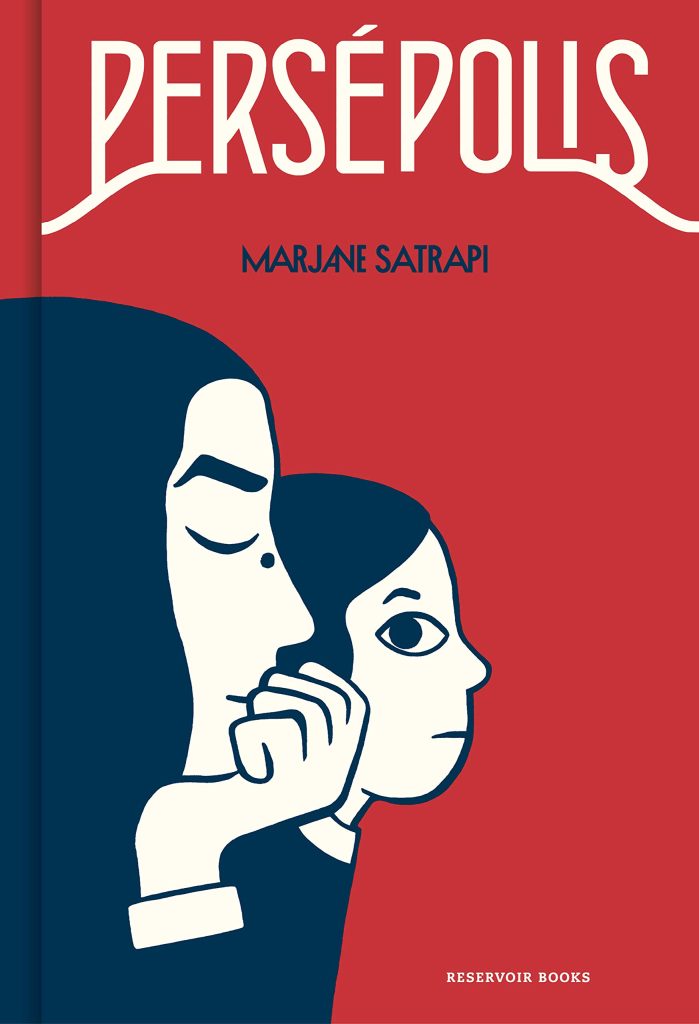Graphic novels, those comics aimed more at adults, can also be a good tool to reflect on intercultural conflict and, above all, to rethink the places where they occur. In this post we are going to review some of them that can help us in our daily lives.
1. The Papalagui
Title "papalagui” refers to white men and is a book that is classified as “the first anti-globalization document in the history of Humanity”, although it would be better subtitled the first intercultural reflection document.
It is a collection of speeches that the Samoan chief Tuiavii of Tiavea addresses to his fellow citizens, in which he describes a supposed trip through Europe in the period just before the First World War.
The word Papalagi, which comes from Samoan, means «the target«, «the stranger», «he who breaks the sky». Curiously the word actually exists in Samoan.

How they see us. One of the big questions that every good intercultural mediator must answer.
2. Shenzhen, by Guy Delisle
This Canadian author has made many trips throughout his professional life to different countries, mainly in extreme Asia, and he has not missed the opportunity to tell those anecdotes and intercultural disagreements that happened to him throughout his life.

“Shenzhen: A travelogue about China” is a comic documenting Delisle's three-month trip in December 1997 in Shenzhen, a large city developed by the People's Republic of China near Hong Kong.
A very nice approach to be cultural which is all of us.
3. Yogurt with jam. Or How My Mother Became Lebanese, by Lena Merhej
One day, Lena Merhej (Beirut, 1977) saw her mother eating yogurt with jam and was shocked. Years later, he drew this beautiful story about his mother, a German from Hannover, and portrayed the "peaceful cohabitation of contradictions" that was his family and - perhaps not so much - his country. An approach to the Arab world through the eyes of a woman from old Europe that proves that the East is not so far away and also has memory, nostalgia and open wounds.

A great graphic model that can give us the keys to our daily life, and even how promote an agreement between parties.
4. Persepolis
And finally, this famous and award-winning graphic novel tells us about how a girl sees the Iranian revolution of the late 70s. The author recounts the fundamental stages that marked her life, from her childhood in Tehran during the Islamic revolution, to her difficult entry to adult life in Europe.
An excellent novel to approach the parameters of Islam and gender from the eyes of a girl and that we can apply to fields related to second-generation Muslim migrants.
Four inspiring novels in comic format that can help us in our professional work.

Continue training in the world of mediation thanks to masters like this. Do not lose your job.




